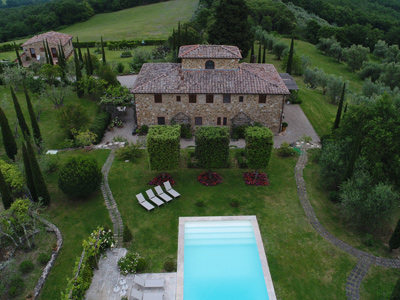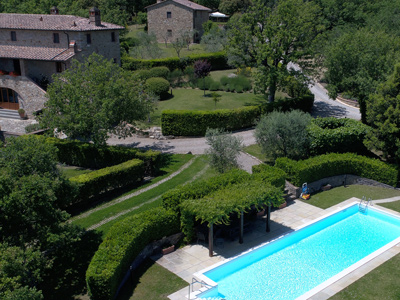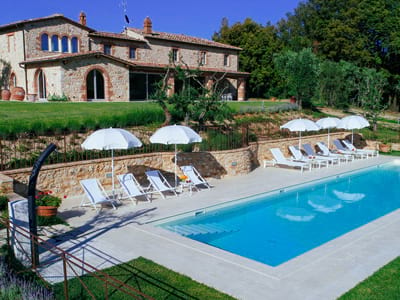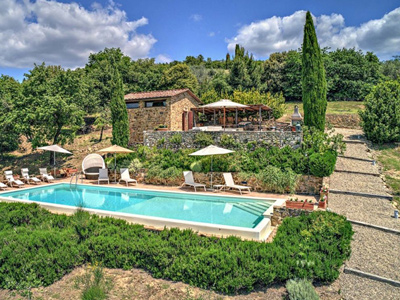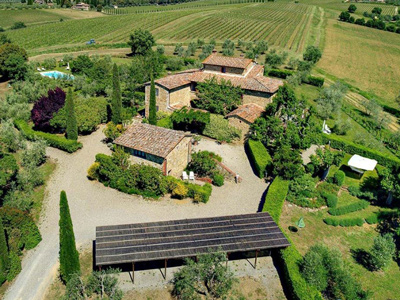TUSCANY DESTINATIONS
SIENA
SIENA - a Medieval Pearl in the Heart of Tuscany. Siena is a noted example of the most complete city to survive from the medieval period. A compact city that has a vibe and rhythm of its own on a very ‘human’ scale and perhaps, for this reason, many have chosen Siena as their city to live in.
Siena is a ‘Goldilocks City’ not too big and not too small – just right and easily discovered by walking around it. There are many climbs and descents, ups and downs characteristic of a city built on two hills, the city itself on one and on the other the ‘Fortezza’ (fortress). So, get shod with a comfy pair of shoes and ready yourself to discover a multitude of delights.
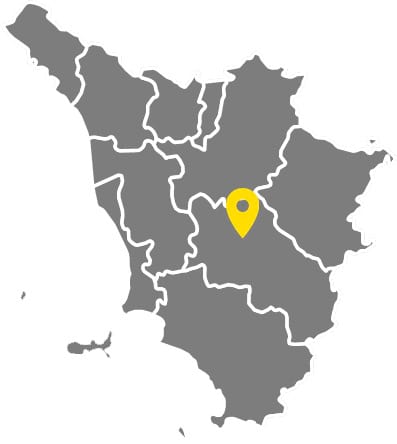

The ‘Piazza del Campo’ (place of the field literally) is the heart of Siena and the Sienese themselves. Here you will find the ‘Palazzo Comunale’ (the city hall) with its famous tower the ‘Torre del Mangia’ overlooking the piazza where the famous bareback horse race, the ‘Palio di Siena’ takes place.
The tower is open to the public but it is quite a climb so if you have plenty of breath and do not suffer from claustrophobia as near the ‘summit’ it gets rather tight but the vista over the roof tops, monuments, other notable buildings including the ‘Duomo’ and the countryside around Siena is breathtaking - assuming you still have breath! The pinnacle of the tower is occupied by ‘Sunto’, the bell in the tower that the Sienese consider a part of their life, especially as ‘Sunto’ is rung out on the day of the ‘Palio’ around which Sienese life revolves.
Within the ‘Palazzo’ walls a museum beckons you to visit its gems such as the famous ‘Lorenzetti Frescoes’ depicting good and bad governance the results of human virtue and vice. In the hall of the globe you can admire the Majesty of Simone Martini and Guidoriccio da Fogliano at the siege of Monteaperti, a famous victory for the Sienese over the Florentines in 1260.
The Palazzo once the seat of the government of the nine who ruled Siena judicially and executively. Often the rule was chaotic, disorderly and riddled with intrigue but from 1287 to 1355 three generations of the nine managed to rule Siena peacefully, remarkable for the time, allowing Siena to prosper immensely.
This period of history and the art that goes with it really deserves a guided tour in which the stories of the people and places that characterise Siena may be seen and heard.
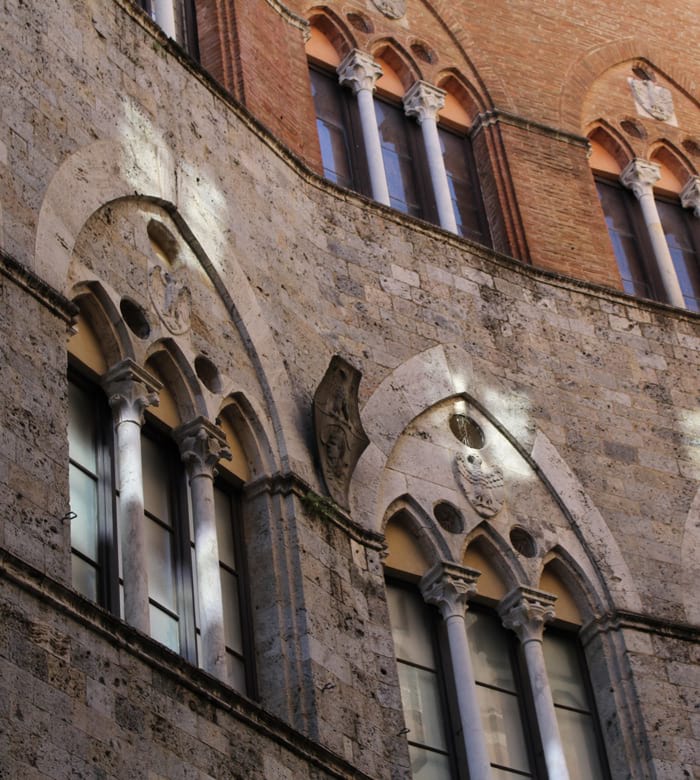
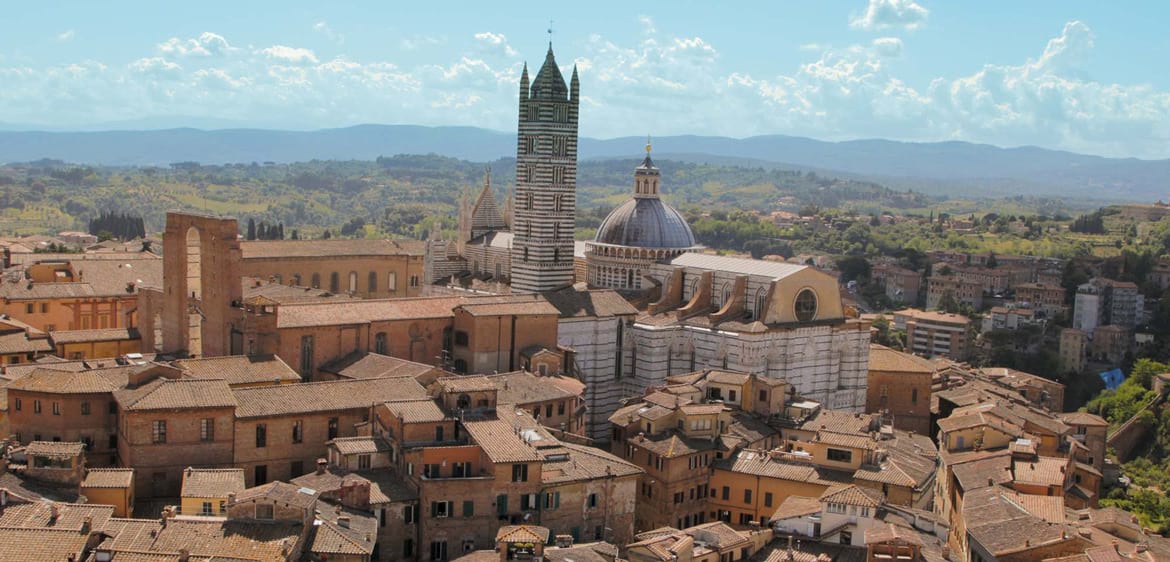
A short walk uphill from the Piazza del campo is the ‘Duomo’ the Cathedral of Siena but on the way is the ‘Palazzo Chigi Saracini’ home to the world famous and international ‘Chigiana Music and Singing School. The museum of which is open to visitors and a must for lovers of classical music where there is the opportunity to admire instruments of immense value - such as the oldest harpsichord in the world, built by Vincentius. A cello by Stradivari, a Bechstein piano belonging to Liszt. A grand piano belonging to Pietro Mascagni and so much more.
On arrival at the Cathedral from the alley of the Beaver, there is the impression of having chanced upon an ‘unfinished’ work. Standing in the middle of a large piazza is ‘Il Duomo’, Siena’s dark green and white marble striped Cathedral which was once to be the centrepiece in one of the largest religious complexes to be planned in the medieval period, only for that plan to be cut short by the Black Death which raged across Europe in the 14th Century. In 1348 the plague decimated the population and the expansion of the ecclesiastical centre was interrupted. What can be admired today is the cathedral which is in fact complete and a beautifully fine example of ‘Italianate Gothic’ architecture and houses many treasures inside.
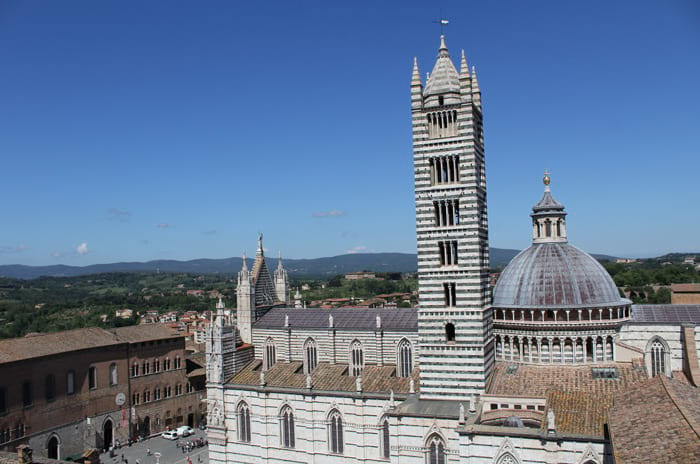
The huge incomplete walls to one side of the cathedral were to have been the medieval ‘extension’ and really only now show how these magnificent edifices were constructed. However, one can climb to the top and admire the views from the top and again a bit of stamina and fortitude is required but worth the effort! There are tickets available from the ‘Museo Dell’Opera Metropolitana’ (OPA) which allow access to the unfinished façade of the ‘new cathedral’, the floor, baptistry, ‘Gate of Heaven’, the crypt, the ‘Oratory of St. Bernardino’. The tickets are valid for three days and there are a few options, some including guided tours of the various areas including the recently restored roof of the Duomo and other museums in Siena.
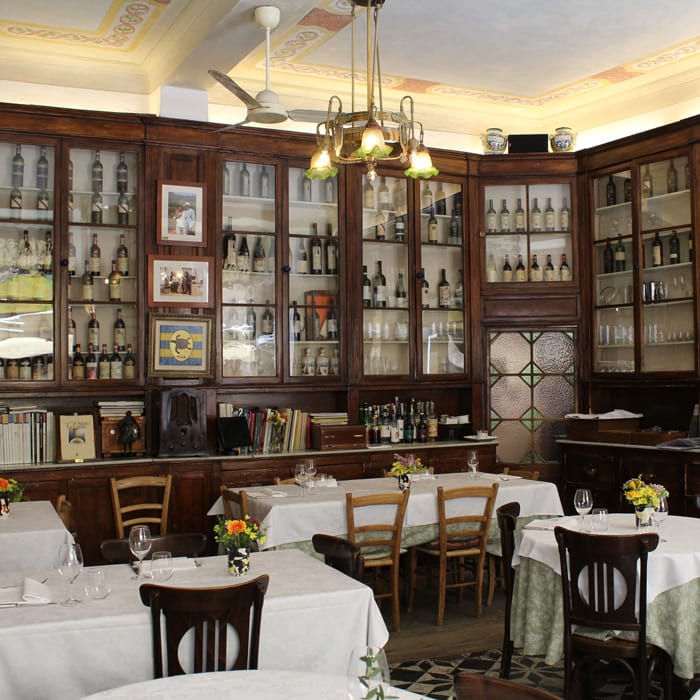
WHERE TO EAT AND DRINK
After a good morning of activity, one should have worked up a substantial appetite! So, lunchtime and one is in the heart of the land of food and wine! Sitting at a table is a moment of discovery, however here in Siena there are many good restaurants, but few have tables outside or terraces from which to admire the views as Siena is medieval not Renaissance!
By many considered the best restaurant in Siena, just off Piazza del Campo there is the ‘Le Logge’, offering refined Tuscan cuisine with a modern twist and dishes made from ingredients of the highest quality. For excellent local cooking and eating there is the ‘Taverna di San Giuseppe’ located nearby. A mix of tradition and creativity, offering antique and more recent ingredients in a magic location of the 12th century. Also the wine cellar is unique as carved in the ‘tufo’, it nests more than six hundred bottles.
Recently moved “off the beat” of the town centre, try ‘PorriOne’ for a high-level gastronomy with fantastic food-wine pairing. Offering tasting menus with wines paired with each course, surely worth the expense.
Learn More

Wherever one goes it is a good idea to book beforehand as Sienese restaurants tend to be small and turning up on the door step could result in disappointment, especially if a group. Here it is quite usual to have an ‘aperitivo’ before lunch. Perhaps a glass of Prosecco or a Spritzer, seated at one of the bars around the Piazza Del Campo where the urge to ‘people watch’ is almost overwhelming!
Perhaps after lunch is the chance to gently stroll around the alleys, backstreets and main streets, perhaps finding artisan boutiques from bookbinders practicing their trade, papermakers, printers, bakers, patisserie, tailors, art shops and myriad other trades and craft shops many of which in Italy and especially in Siena are family businesses, many harking back generations. For example, ‘Casa della Pelle’, located in via Camollia, a real leather workshop which appears to be from a bygone age, here goods can not only be bought but perhaps one’s own may be repaired.
Not far away is the workshop of Mr. Mario, bookbinder, perhaps a diary handbound in leather with hand-made paper leaves as a souvenir of Siena? Should hats be the thing, stop in Via di Città at ‘Cappelleria Bertacchi’, the hats are handmade and of excellent quality, an ideal gift perhaps? Also nearby is the historic Bianchi print shop, selling prints for all budgets, modern or antique and in all sizes - thus, one will fit the suitcase home! The prints with the drawings of the classic Fiat 500 are most popular and are snapped up!
Should the effort of strolling around and marvelling at the multitude of activities still surviving here make one thirsty, there are many bars, cafes and on a hot day ‘Gelaterie’ to slake thirst with coffee, a beer or a mouth-watering sorbet or ice cream. Fortified once again, perhaps saunter back to the Piazza del Duomo and visit Santa Maria della Scala once a hospital, the word ‘hospital’ in this sense means to host and as Santa Maria is opposite the Duomo it made the perfect place and was indeed one of the first ‘purpose built’ hostelries to give shelter to the pilgrims travelling the ‘Via Francigena’ the pilgrim road from France to Rome. Santa Maria also took in the sick and injured becoming a ‘hospital’ in the modern sense, also a foundling hospital taking in the ‘gettatelli’, orphaned or abandoned children. The past life of this now noted museum may be relived through the frescoes found in the ‘Sala del Pellegrinaio’ that tell the story of the city. The museum has seven levels encompassing archaeology, the treasures of Santa Maria della Scala and much more.
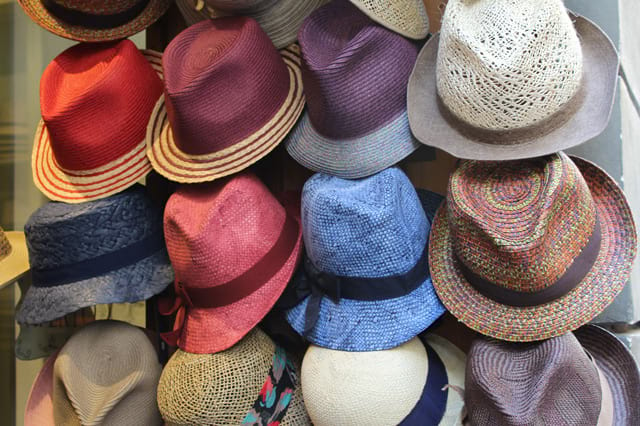
These are a few of many things to see and do in Siena perhaps next time in stead of going up why not down and have a tour of the ancient tunnels and catacombs that lie beneath the streets of Siena?
Then of course there is the night time!
